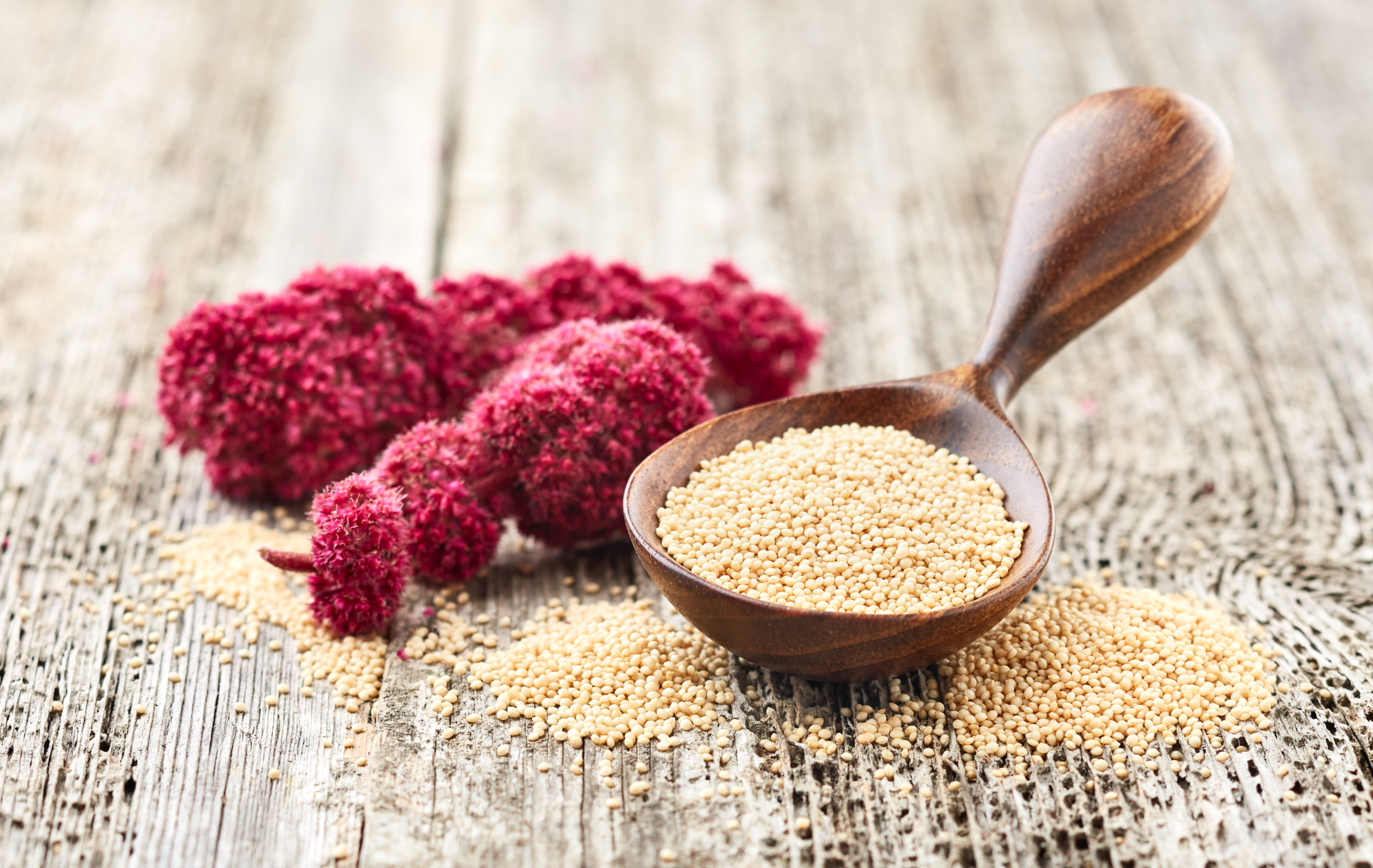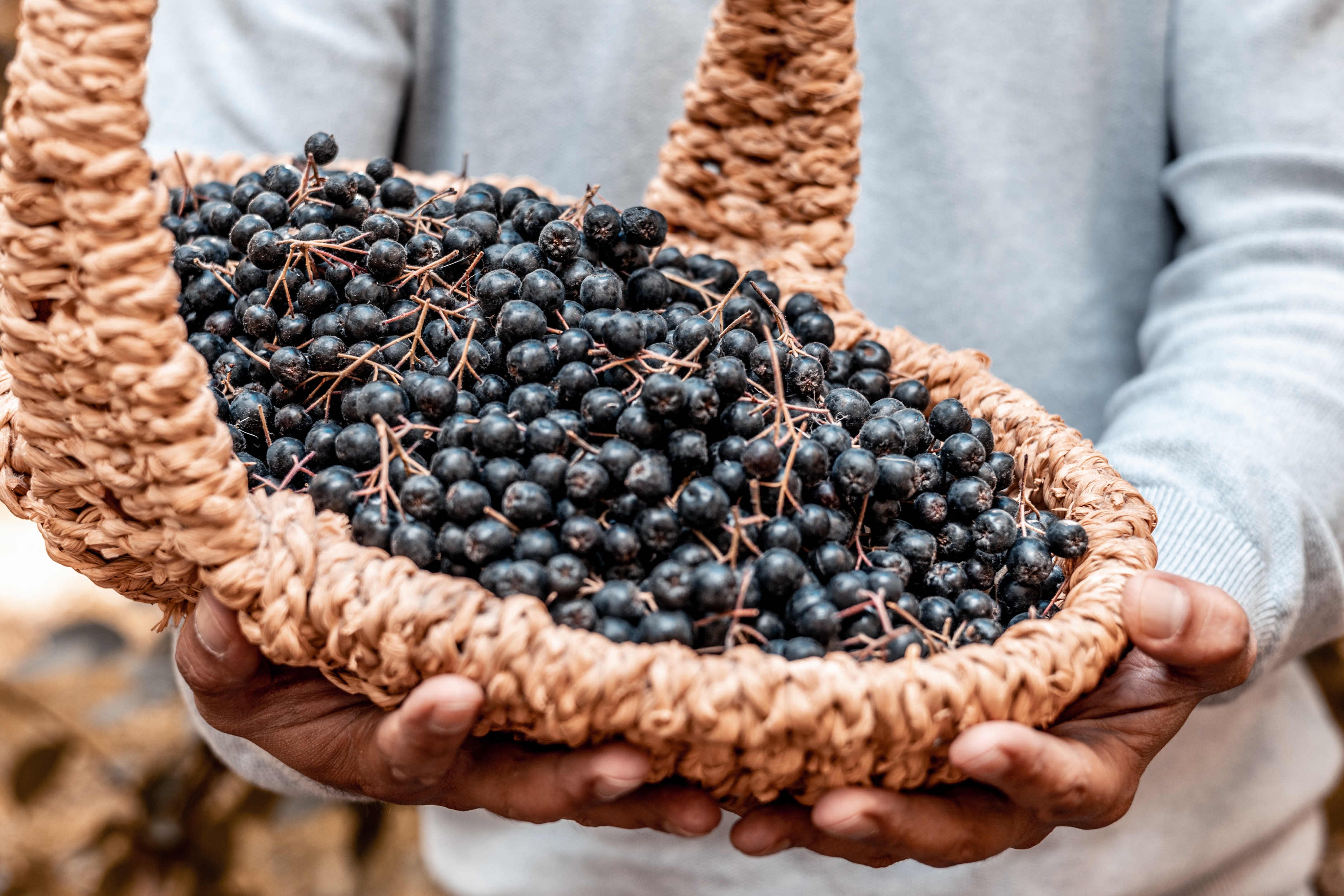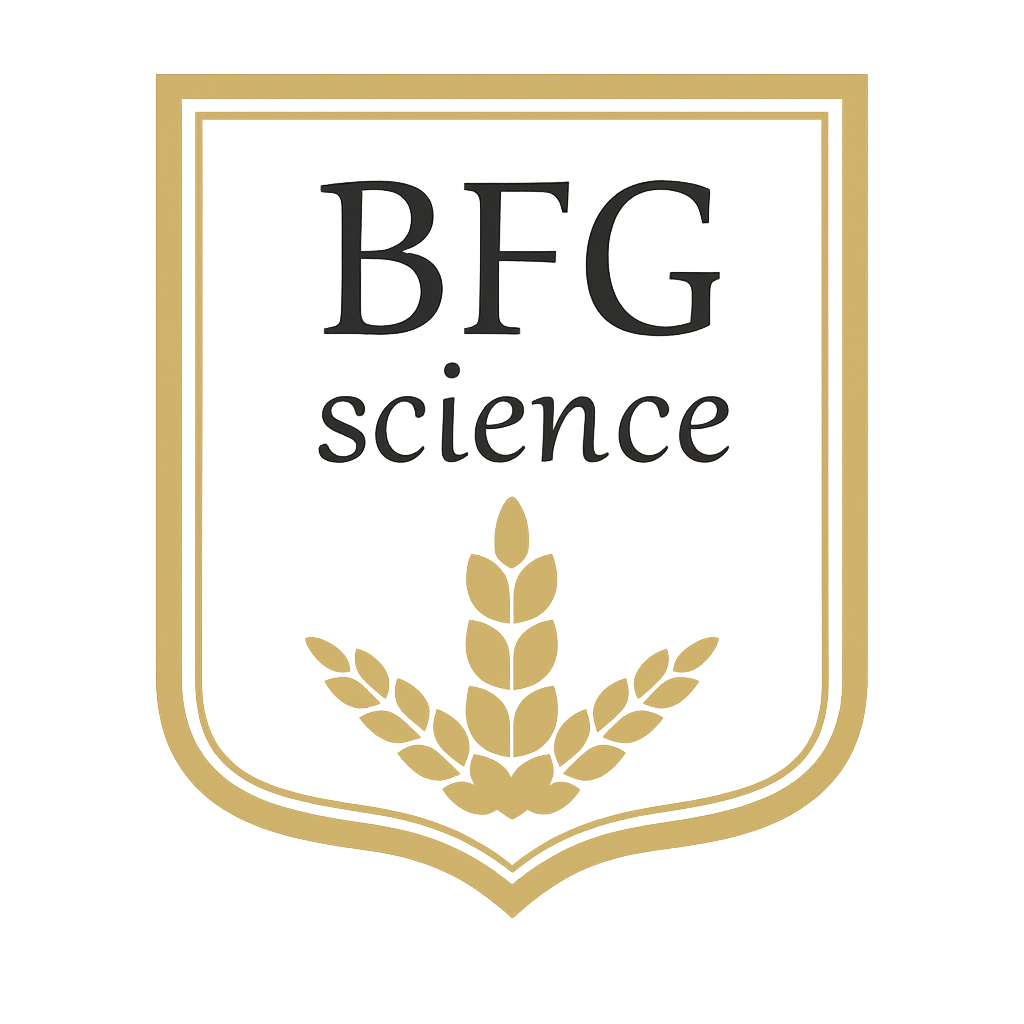Scientific & Sustainable Farming
From honest farming spirit to cutting-edge biotechnology
Biotechnology-based methods for high-value crop breeding
Eco-friendly farming that minimizes pesticides and water through disease prediction and smart irrigation/ventilation
Focus on high yields, safety, and stable quality through detailed soil and environment analysis
Borderless Cultivation & Global Farmlands
Farming where climate and soil are best
Crop-specific land selection and productivity maximization
Expansion into urban and controlled-environment agriculture
Future-driven approach to global farming sustainability
Main Crops for Special Purposes
We cultivate and distribute special purpose crops ourselves for medicinal pet foods, food therapy, low allergy foods, cosmetic ingredients, cosmeceutical researches, etc. by requests of our partner companies.
We will travel anywhere in the world to cultivate crops, as long as transportation is accessible. Please don’t be disappointed even if there is no plant you wanted in our product list. Please ask us. We are challenging and passionate so we will do our best to review it even though it’s not on our list.

Amaranth
“Amaranth” is a word from the ancient Greek language that means ‘flower that never wilts’.
Amaranth has been cultivated for about 5,000 years in the alpine region of the Andes, South America. Amaranth, which is called ‘crop from God’ because it contains rich amounts of vegetable protein, squalene, polyphenol and others, also contains well balanced amount of lysine, taurine and essential amino acids so it is known to be near to nutritionally complete food. It is known that if you put Amaranth in your cooked rice or take it as a tea, it’s helpful for reducing blood sugar. Because of its attractive flowers, it is also cultivated ornamentally and used as a dye or food coloring.
Practical use of Amaranth in veterinary science
To make medicinal foods or snacks for pets that have allergic skin or sensitive personality, Amaranth is often used as the carbohydrate source.

Aronia
Aronia, native to North America, is a plant rich in antioxidants such as carotenoid, flavonoid and also contains various vitamins and minerals. It contains anthocyanin about 4 times more than blueberries, 20 times more than raspberries, and 80 times more than grapes and also has huge amount of antioxidative components such as tannin and polyphenol. Aronia was traditionally consumed as medicine by Native Americans, and was a favored delicacy among European nobility. In China, it was called ‘Bulromae’ which means eternal fruit. It blooms in May, and the harvest period is from August to September.
Beans
Beans are very proteinious and have various nutrition so it’s chosen to be an important food source in large numbers of countries all around the world. The information about beans is widely known in general so we are skipping it on this page.
BFGScience cultivates and studies beans as an ingredient for next-generation cosmetics and Cosmeceutical. Isoflavone, which is one of the beneficial protein components in beans, is contained a lot in Soybean, but it is known that the amount of content changes by the kind of breed and the country.
Glycoprotein in beans is our biggest interest. We study about it the most actively at this moment and for the details about purchasing the ingredients of Cosmeceutical or joint research, please inquire about it separately. We can request NDA with signatures or seals of all the executives from the company in need of our information. Also, if our company decides that the information provided to us is not enough, we might politely reject your request.
The ancient wheat, Spelt
Spelt(Triticum spelta) is a kind of wheat and even though it’s similar to wheat, it’s separated by scientific names. It was traditionally consumed mainly in Europe and is similar to bread wheat. Since it contains gluten, it’s not suitable for people with celiac disease but people with allergy could eat Spelt. It’s useful to organize a low GI diet and it’s popular among people who seek for healthy foods because it’s known to affect sugar level less than the normal wheat. It contains 57.9% of carbohydrate, 17% of protein, 3% of fat, 9.2% of fiber, etc. and also has rich amount of essential nutrient such as riboflavin, niacin, thiamine, iron, fiber, etc.
Practical use of Spelt in veterinary science
Unlike humans, carbohydrates are not a primary energy source for dogs and cats. Therefore, the more they are provided much amount of pet foods that contain carbohydrate with high GI (Glycemic Index), the more they are exposed to diseases. Pancreas secretes insulin to lower blood sugar increased after meal and taking carbohydrate with high GI can increase the danger of pancreatic diseases or diabetes. That’s why when pet food companies produce medicinal pet foods for pets with pancreatic diseases, they often include low GI carbohydrates like Spelt.
Teff the super grain
Teff (Eragrostis tef) is an annual grass originally from Africa. Especially, it’s cultivated mainly in Ethiopia and Eritrea and even though it’s smaller than millet, it contains high amount of calcium which is 180mg per 100g. The Guardian (UK) identified teff as a super grain following quinoa, and The New York Times also highlighted it as one of the year’s food trends.
It has risen as a substitute for flour among people who prefer healthy meals and it’s also popular to those who are in need of maintain their blood sugar after it turned out to be helpful for insulin care with low sugar level.
It’s a super grain that contains rich amount of essential amino acid such as valine, leucine, isoleucine, methionine, threonine, etc. and also fiber.
